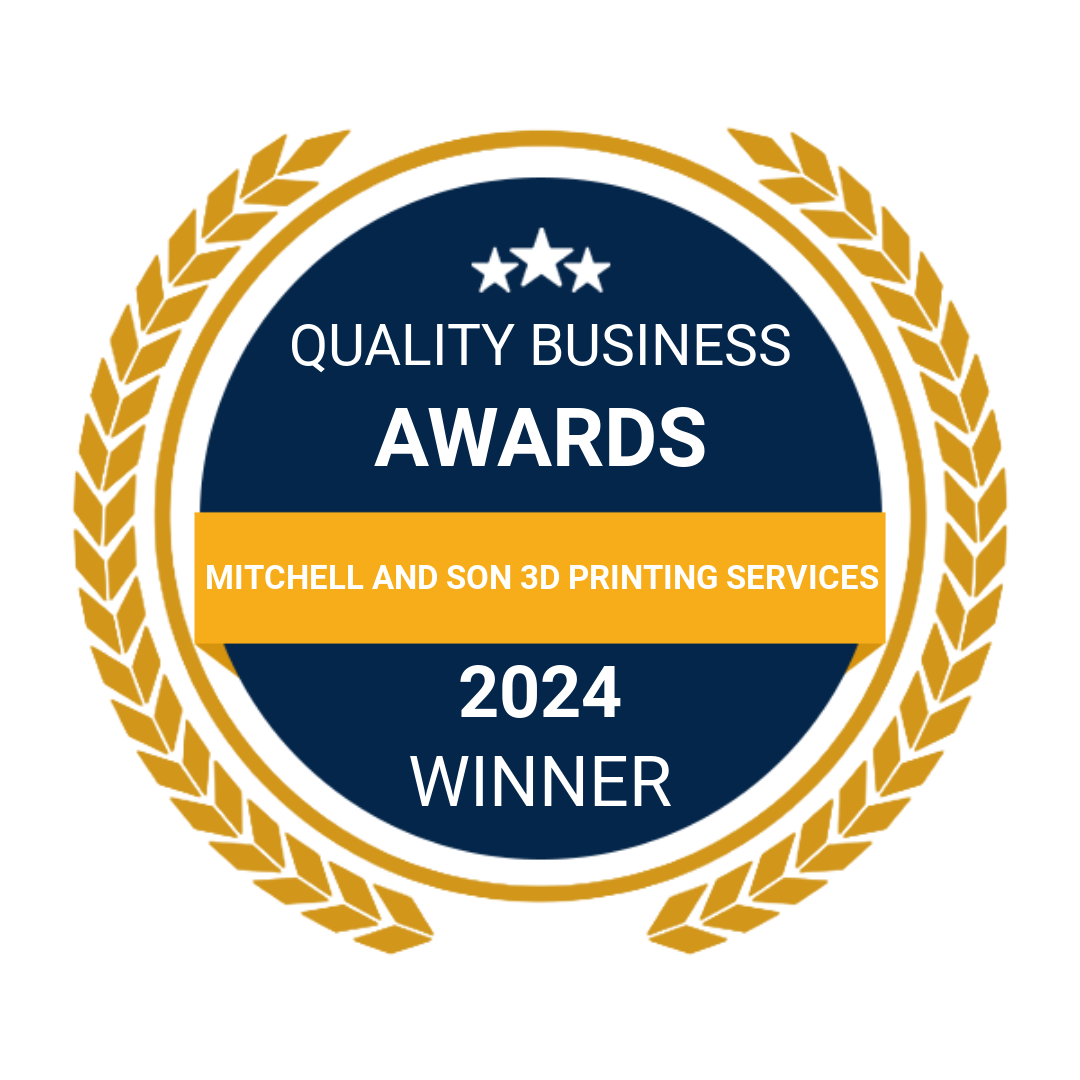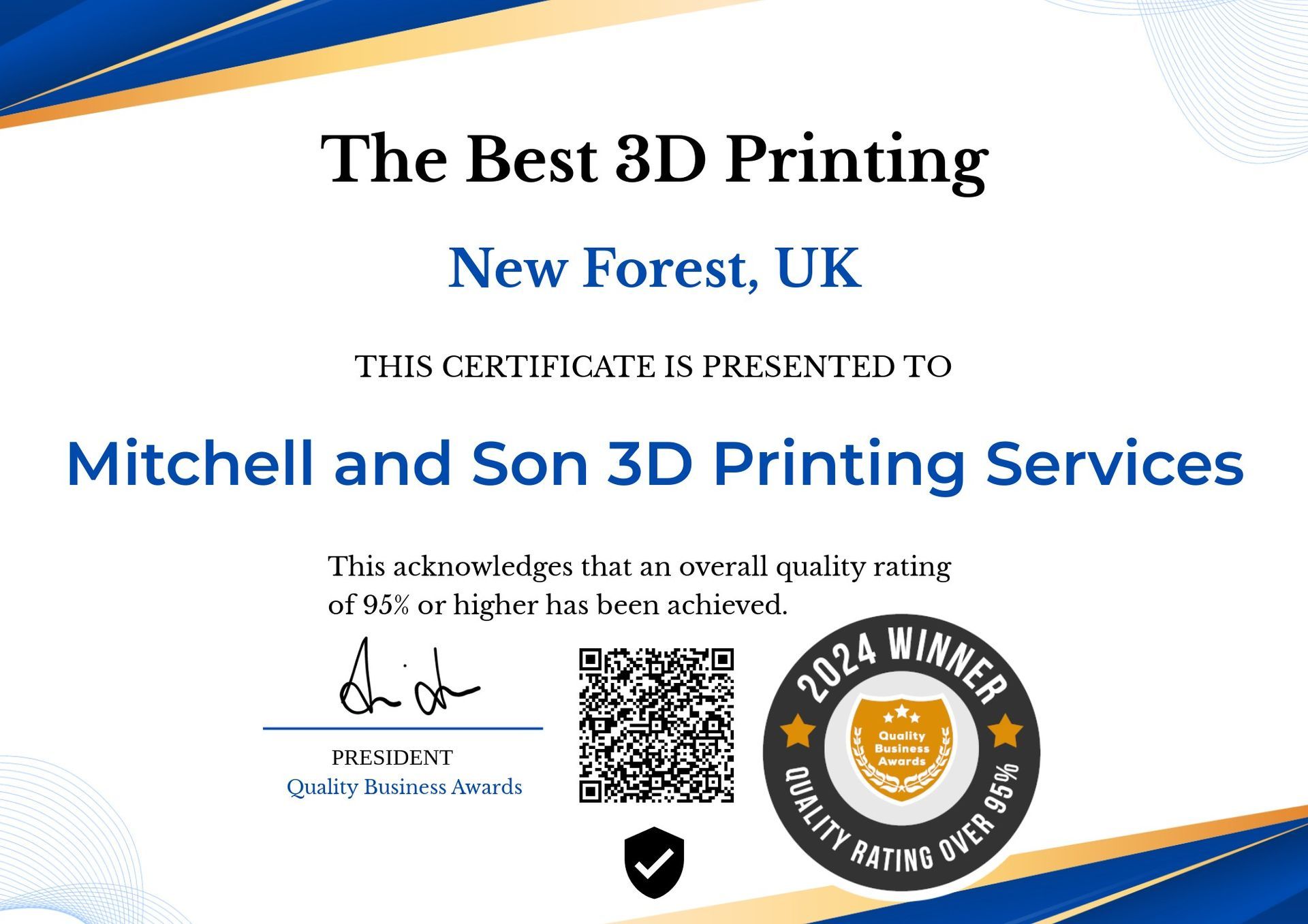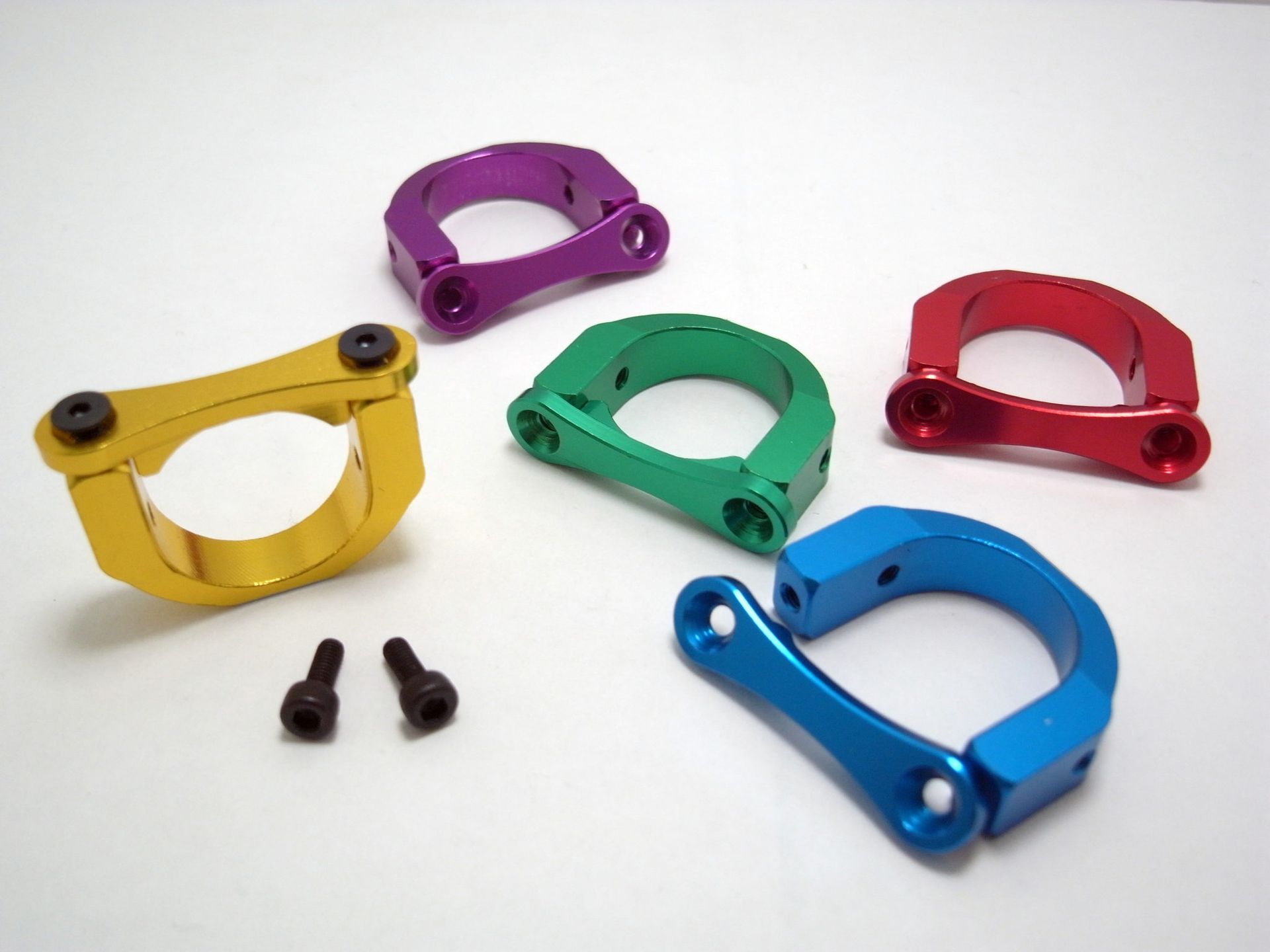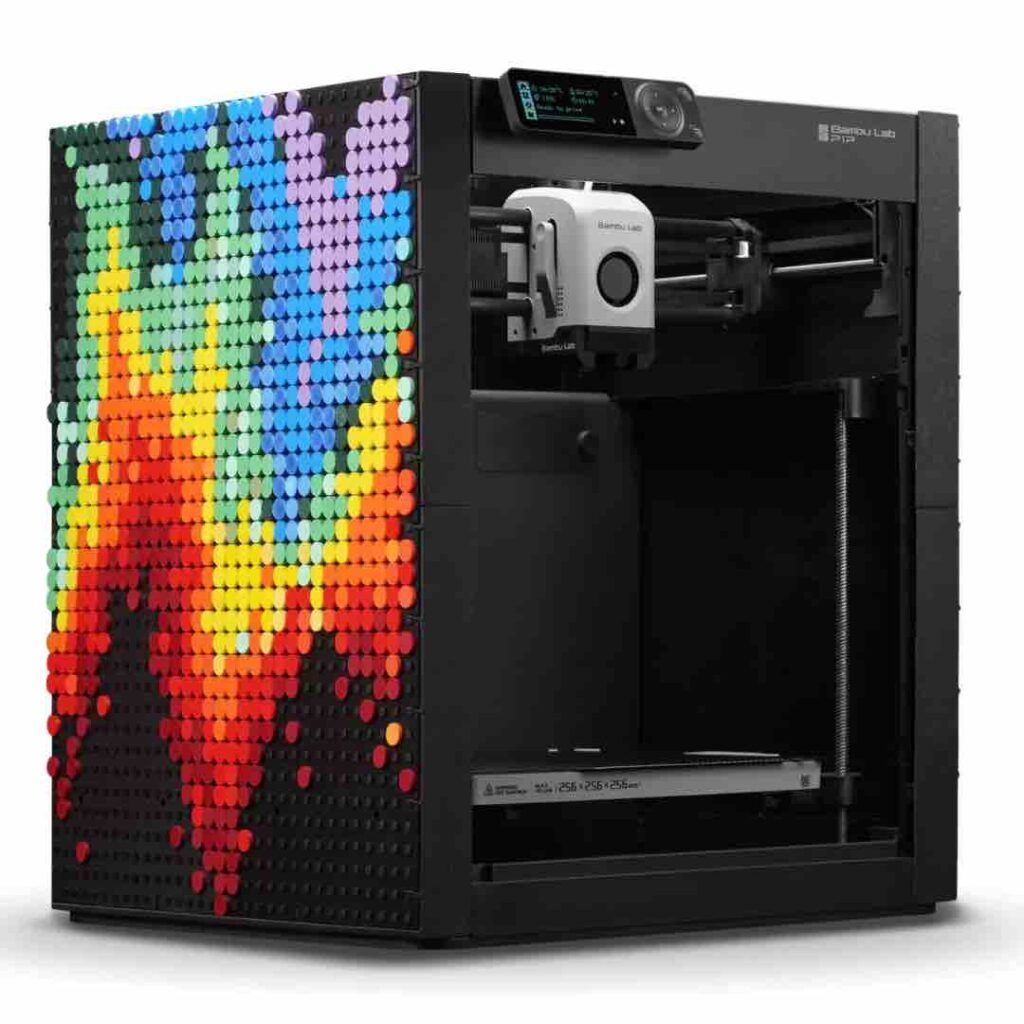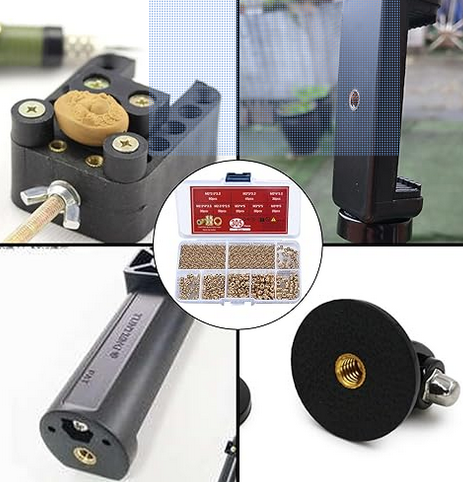How can Additive Manufacturing Could Reinvent the Supply Chain in the UK
The Ways Additive Manufacturing Could Reinvent the Supply Chain in the UK

The manufacturing supply chain has long been a complex network of suppliers and distributors. As a result, hardware manufacturers have had to manage inventory levels, suppliers, and partners to keep their supply chains organized. But what if hardware manufacturers didn’t have to deal with those supply chain complexities? What if they could simply work with suppliers and partners that are close to their manufacturing operations? These are just a few of the ways that the rise of additive manufacturing could radically re-invent the supply chain in the UK by 2022 and beyond. With reduced costs due to the fewer process in producing complexed parts, removing the need to create expensive patterns for casting small to medium sized objects. The availability of locally sourced suppliers means that the cost of expensive international logistics is eliminated. Materials like, Copper, Brass, Bronze, Aluminum, Gold, sterling Silver and Stainless steel , to list a few, means that the cost of producing a bespoke item no longer needs a bank loan or remortgage to turn your idea into a reality Read on to learn more about this exciting industry technology.
Platforms for Additive Manufacturing
Additive manufacturing, or 3D printing, is a new and rapidly advancing technology that enables manufacturers to print out parts directly from a digital model. Many companies are now using 3D printing to reduce inventory levels and costs, speed up production, and make better quality products. Because 3D printing is an emerging industry, the regulations that govern its use are still being developed. The processes, materials, and regulations for each type of 3D printing can vary significantly. Because of the variations in each process, an additive manufacturing process may be called fused deposition modeling, direct metal 3D printing, or other terms. Additionally, the regulations for each system can be different as well. Therefore, it is important for companies to understand how their equipment works and to comply with the regulations for the specific 3D printing system that they use.
Fully Automated Manufacturing
There is a common misconception that additive manufacturing is only suitable for smaller part production. This is not true. The reason why additive manufacturing is only suitable for smaller parts is because of the high level of complexity involved in creating a large part. The level of complexity is directly proportional to the amount of time and effort needed to manufacture a part. Automating manufacturing has reduced time and effort which has reduced manufacturing costs and increased production.

Reduced Manufacturing Time
Another benefit of using additive manufacturing is that it allows manufacturers to produce prototypes in shorter time. This means that companies are able to use the technology to get feedback from customers on their products in a short period of time. This can help to reduce the time required for market research and product modification.
Better Quality Parts
The process of creating 3D printed parts is often referred to as the modeling process. The modeling process is where the designers specify all of the information that is needed to create a 3D printed part. Depending on the design, this process can be manual, semi-automated, or fully automated. The more complex the model, the more complicated the modeling process will be.
Fewer Inventory Levels
Another benefit of additive manufacturing is that it allows manufacturers to reduce inventory levels. This is because it is cheaper to purchase equipment that prints out parts than it is to purchase equipment to create the parts. This means that additive manufacturing can be used to create parts that are either small or medium in size. Depending on the equipment used, it is also possible to produce parts that are even miniature in size.
Industrial 3D Printing
Industrial 3D printing is best suited for large parts that have a lot of detail and/or that need to withstand heavy loads. Examples of parts that are suitable for industrial 3D printing include surgical implants, prosthetics, and aircraft parts. Industrial 3D printing is also used to make prototypes that are used in the design and testing of new products.

Plastic 3D Printing
One of the most commonly used 3D printing processes is known as plastic 3D printing. Plastic 3D printing works by melting and/or extruding materials such as plastic resin, sand, and carbon fiber. Depending on the design of the plastic part, it is also possible to add in metals such as copper, bronze, and aluminum. Plastic 3D printing has been around for quite some time now, and it is likely that it will continue to be used by the industry in the future.
Resin 3D Printing
Resin 3D printing works by using a glue-like substance to bind the parts together. Therefore, resin 3D printing has the ability to turn rough designs into finished parts. Resin 3D printing is used to create products such as jewelry, figurines, and furniture. Additionally, it is also used to create prototypes that are used in the design and testing of new products.
3D Printing Services
Another popularly used 3D printing process is known as 3D printing services. 3D printing services involve the use of special 3D scanners to create 3D models of objects. These models are then sent to 3D printing service providers for printing. Depending on the type of product that you need to be printed, you can choose from a wide range of 3D printing services.
Remote 3D Printing
One of the newest 3D printing processes is known as remote 3D printing. Remote 3D printing uses the internet to connect the manufacturer’s equipment with a 3D printer located at the customer’s location. This enables customers to receive their printed parts by mail, giving them the option to keep them for a later use if required.
Conclusion
The manufacturing supply chain has long been a complex network of suppliers and distributors. As a result, hardware manufacturers have had to manage inventory levels, suppliers, and partners to keep their supply chains organized. But what if hardware manufacturers didn’t have to deal with those supply chain complexities? What if they could simply work with suppliers and partners that are close to their manufacturing operations? These are just a few of the ways that the rise of additive manufacturing could radically re-invent the supply chain in the UK by 2022 and beyond. With reduced costs due to the fewer process in producing complexed parts, removing the need to create expensive patterns for casting small to medium sized objects. The availability of locally sourced suppliers means that the cost of expensive international logistics is eliminated.


